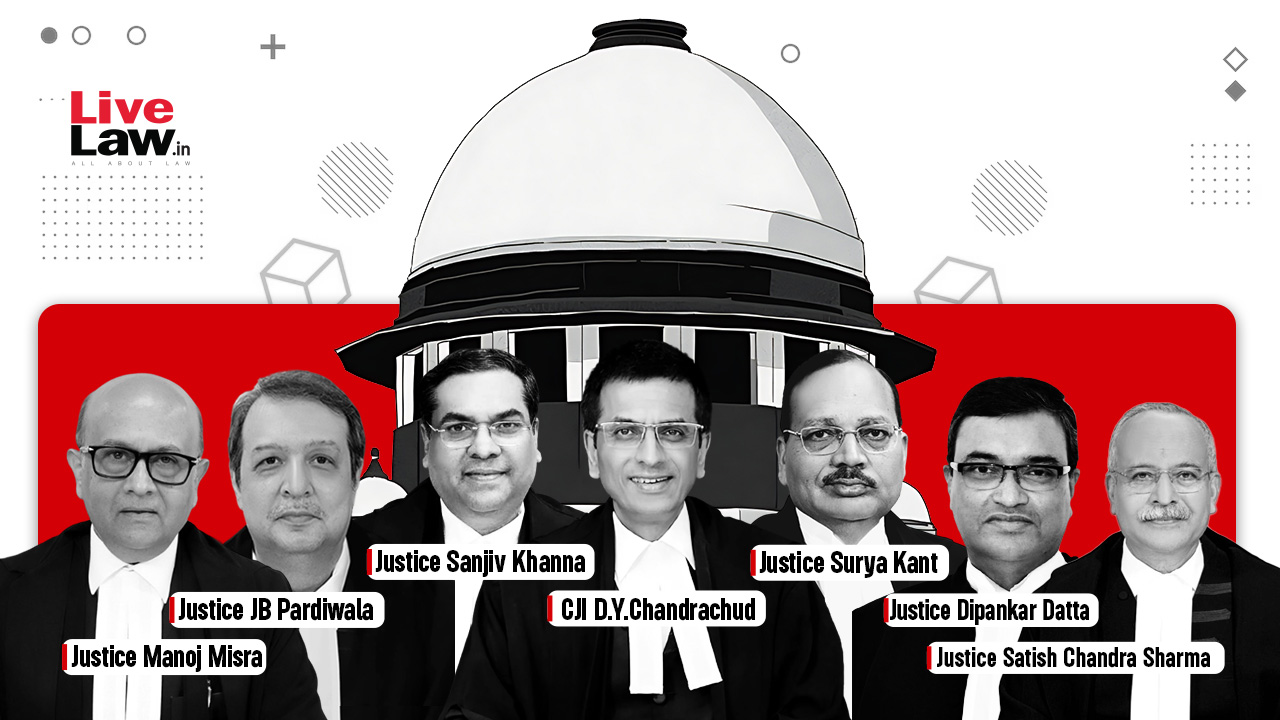 |
|
The Supreme Court of India has delivered a landmark judgment regarding the minority status of Aligarh Muslim University (AMU), a case that has been lingering for decades. In a 4:3 majority decision, a 7-judge bench overruled a 1967 judgment that held an institution incorporated by a statute could not be considered a minority institution. This effectively paves the way for a fresh evaluation of AMU's minority status, a determination that will now be made by a regular bench of the Supreme Court.
The 1967 ruling in S. Azeez Basha vs. Union of India, which denied AMU minority status due to its statutory establishment, has been a point of contention for years. The current majority decision, led by Chief Justice of India DY Chandrachud, overturned this precedent. The majority opinion emphasized the need to delve beyond the mere act of incorporation by a statute and examine the actual origins and 'brain' behind the institution's establishment. This involves investigating the role of the minority community in the institution's foundation, including funding, land acquisition, and ideological impetus. If the evidence points to significant contributions from the minority community, the institution could be eligible for minority status under Article 30 of the Indian Constitution.
The dissenting judges, however, raised concerns about the potential implications of the majority decision. They argued that the minority status should not be automatically granted simply based on historical origins, and that the 'established and administered' criteria of Article 30 should be applied conjunctively. The dissenting opinions highlighted the importance of ensuring that the minority community maintains a significant degree of control over the institution's administration, beyond just initial establishment. They emphasized the need to prevent preferential treatment for minorities and ensure equal opportunity for all.
The case has sparked considerable debate about the interpretation of Article 30 and its implications for minority educational institutions in India. The Supreme Court's decision to refer the matter to a regular bench for factual determination signifies the complexity of the issue and the need for a thorough examination of the specific circumstances surrounding AMU's establishment. The outcome of this case will have far-reaching implications for the future of minority education in India, potentially affecting the rights and privileges afforded to minority institutions nationwide.
